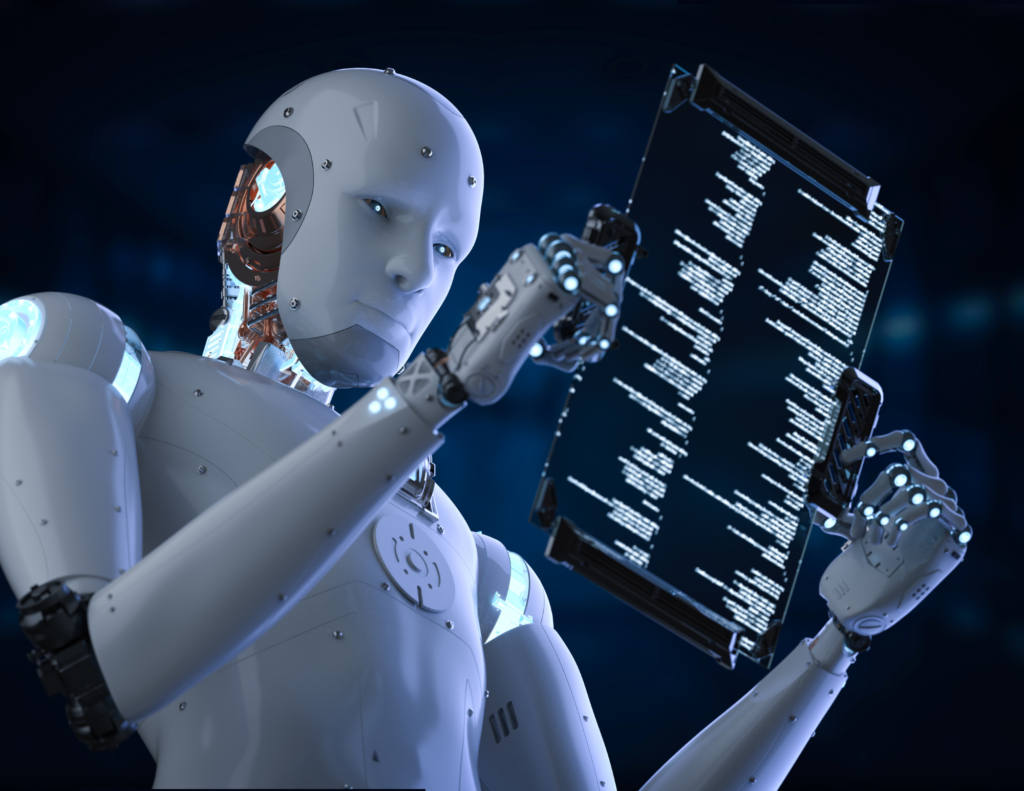The Rise of AI in Cybersecurity: Opportunities and Threats

As artificial intelligence (AI) continues to evolve, it’s transforming the cybersecurity landscape. AI-powered solutions are increasingly integrated into cybersecurity strategies, enabling organizations to detect, prevent, and respond to cyber threats faster and more accurately than ever before. However, the adoption of AI in cybersecurity also brings new challenges and potential threats. This article will explore how AI is shaping cybersecurity, its advantages, its potential risks, and the importance of expert training, such as those provided by DarkNetHacking, a cybersecurity training and service provider dedicated to preparing professionals for the complexities of the AI-driven cybersecurity field.

Opportunities: How AI is Enhancing Cybersecurity
1. Threat Detection and Response
AI has revolutionized threat detection by processing vast amounts of data in real time and identifying anomalies faster than human analysts. Traditional systems often rely on set rules to detect threats, but AI models, particularly those powered by machine learning (ML), continuously learn and adapt to new attack patterns. This dynamic nature allows for early detection of threats and automated responses, preventing or minimizing damage.
2. Behavioral Analytics and Insider Threat Detection
AI’s behavioral analytics capabilities help organizations detect insider threats and other complex attacks. By analyzing user behavior patterns and flagging unusual activities, AI can identify potential breaches, whether from malicious insiders or compromised accounts. AI’s focus on behavior helps build an added layer of security against insider threats, which often bypass traditional cybersecurity measures.
3. Automated Security Operations and Threat Intelligence
Many cybersecurity operations, such as monitoring and logging, can be automated with AI. Automating repetitive tasks allows security teams to focus on more complex challenges. Additionally, AI-powered threat intelligence systems analyze global threat data to provide predictive insights. This predictive analysis helps organizations stay ahead of evolving threats and allows for proactive defense measures.
4. Enhanced Phishing Detection
AI’s ability to detect patterns extends to phishing attacks as well. Advanced AI systems can analyze email content, sender behavior, and metadata to identify and block phishing emails before they reach end-users. By reducing the dependency on user judgment to spot phishing, AI significantly decreases an organization’s vulnerability to these attacks.
5. Vulnerability Management and Patch Automation
Managing vulnerabilities across networks is critical to minimizing attack surfaces. AI can assist by identifying system vulnerabilities, assessing the associated risks, and even automating the patching process in real time. This proactive approach minimizes the window of vulnerability for potential cyberattacks.

Threats: The Risks AI Brings to Cybersecurity

While AI brings significant benefits to cybersecurity, its adoption also introduces new risks. Cybercriminals are increasingly employing AI to enhance their attacks, leading to a challenging landscape.
1. AI-Powered Malware
2. Deepfake Attacks and Social Engineering
3. Data Poisoning and Model Hacking
4. Evasion Attacks
5. Increased Complexity in Cyber Defense
1. AI-Powered Malware
AI-driven malware and ransomware are becoming more sophisticated and harder to detect. Cybercriminals can use AI to develop malware that adapts to security measures, effectively “learning” how to avoid detection. Such malware can exploit vulnerabilities autonomously, posing a serious risk to traditional defenses.
2. Deepfake Attacks and Social Engineering
Deepfake technology, powered by AI, allows for the creation of highly realistic fake audio and video content. Attackers can use deepfakes for advanced social engineering attacks, such as impersonating executives to manipulate employees or trick financial institutions into authorizing transactions. These realistic manipulations make it difficult for individuals to differentiate between legitimate and fraudulent requests, leading to severe breaches.
3. Data Poisoning and Model Hacking
AI models rely on large datasets for training, making them vulnerable to data poisoning attacks. In these attacks, cybercriminals introduce false data into the training set, causing the model to make inaccurate predictions. This manipulation can lead to incorrect threat assessments and even result in unauthorized access if attackers manipulate authentication models.
4. Evasion Attacks
AI-driven evasion techniques are a growing threat. Attackers can use AI to identify patterns in security measures and create malware that bypasses them. For example, attackers might analyze security software to find weaknesses, adapting their attacks accordingly to avoid detection. This capability to “learn” the specifics of defenses poses a serious challenge to conventional security tools.
5. Increased Complexity in Cyber Defense
While AI enhances many aspects of cybersecurity, it also increases the complexity of defense systems. AI-driven tools require ongoing management, maintenance, and monitoring to ensure they function as intended. If not properly maintained, AI security solutions can become vulnerable themselves, adding another potential entry point for attackers.

Balancing AI’s Potential with Effective Cybersecurity Training
The dynamic nature of AI in cybersecurity demands a new approach to training and skill development. Security professionals need to understand both the capabilities of AI and the threats it presents to leverage its strengths effectively and mitigate associated risks.

DarknetHacking offers cybersecurity services and training specifically designed to prepare individuals and organizations for an AI-driven cybersecurity landscape. Their courses cover key topics, such as threat detection using AI, machine learning in malware analysis, and strategies to defend against AI-powered cyberattacks. With a focus on hands-on experience, DarkNetHacking’s training helps professionals learn how to implement AI tools effectively, manage potential vulnerabilities, and defend against AI-enhanced threats. This knowledge is essential for anyone working in cybersecurity, as AI continues to redefine both attack and defense strategies.

Conclusion: The Future of AI in Cybersecurity
AI’s role in cybersecurity is a double-edged sword—while it offers unparalleled protection capabilities, it also introduces complex risks that require specialized knowledge to address. With the right training, tools, and awareness, organizations can harness AI to secure their systems effectively. Providers like DarknetHacking are pivotal in equipping cybersecurity professionals with the necessary skills to navigate this new landscape, ensuring that they can leverage AI’s power responsibly and maintain robust defenses against evolving cyber threats.
AI’s rise in cybersecurity signifies an exciting and challenging future, where the balance between protection and risk management will be the key to staying secure in an increasingly digital world.




